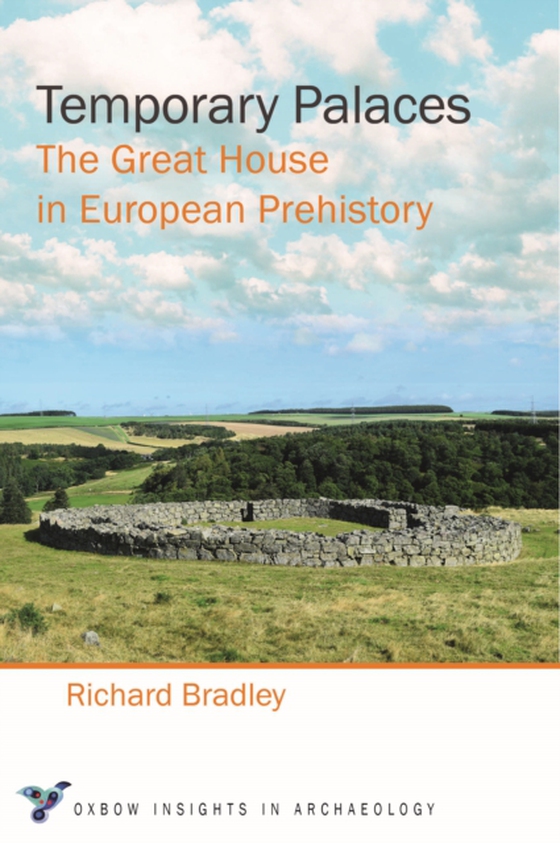
Temporary Palaces e-bog
90,41 DKK
(inkl. moms 113,01 DKK)
The Great Houses of the prehistoric and early medieval periods were enormous structures whose forms were modelled on those of domestic dwellings. Most were built of wood rather than stone; they were used over comparatively short periods; they were frequently replaced in the same positions; and some were associated with exceptional groups of artefacts. Their construction made considerable demand...
E-bog
90,41 DKK
Forlag
Oxbow Books
Udgivet
31 maj 2021
Længde
256 sider
Genrer
1D
Sprog
English
Format
pdf
Beskyttelse
LCP
ISBN
9781789256642
The Great Houses of the prehistoric and early medieval periods were enormous structures whose forms were modelled on those of domestic dwellings. Most were built of wood rather than stone; they were used over comparatively short periods; they were frequently replaced in the same positions; and some were associated with exceptional groups of artefacts. Their construction made considerable demands on human labour and approached the limits of what was possible at the time. They seem to have played specialised roles in ancient society, but they have been difficult to interpret. Were they public buildings or the dwellings of important people? Were they temples or military bases, and why were they erected during times of crisis or change? How were their sites selected, and how were they related to the remains of a more ancient past? Although their currency extended from the time of the first farmers to the Viking Age, the similarities between the Great Houses are as striking as the differences.This study focuses on the monumental buildings of northern and northwestern Europe, but draws on structures over a wide area, extending from Anatolia as far as Brittany and Norway. It employs ethnography as a source of ideas and discusses the concept of the House Society and its usefulness in archaeology. The main examples are taken from the Neolithic and Iron Age periods, but this account also draws on the archaeology of the first millennium AD. The book emphasises the importance of comparing archaeological sequences with one another rather than identifying ideal social types. In doing so, it features a range of famous and less famous sites, from Stonehenge to the Hill of Tara, and from Old Uppsala to Yeavering.
 Dansk
Dansk

